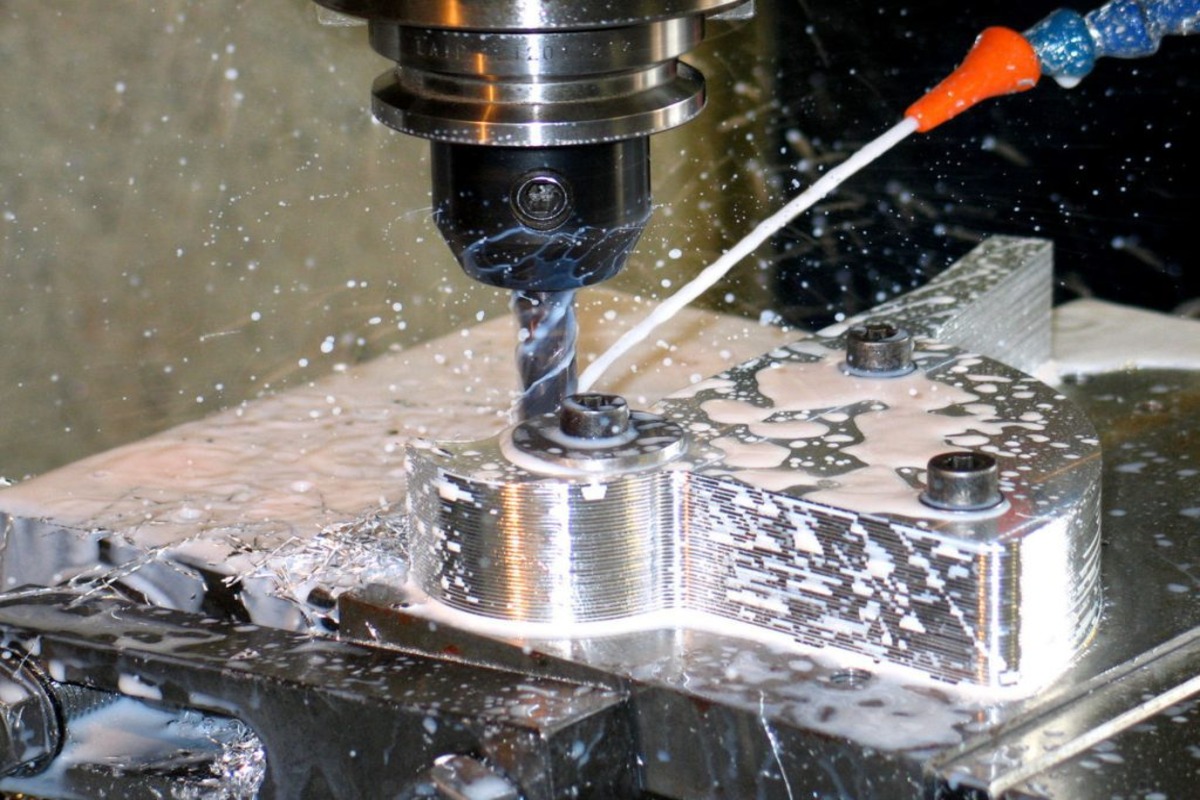CNC machining offers incredible precision and efficiency, but only if the right practices are in place. Even experienced machinists sometimes make mistakes with tooling setups, leading to wasted time, scrap material, or unnecessary wear on equipment. The good news is that most of these errors are preventable with proper planning, attention to detail, and the right tooling choices.
From tool holders to cutters, every component of your setup influences productivity and part quality. Overlooking critical details like a lathe tool holder or ignoring maintenance routines can have big consequences. By recognizing the most common CNC tooling mistakes, you can take proactive steps to save time and money in your shop.
Skipping Proper Setup
- Not Securing Tools Correctly
Improperly mounted tools are one of the fastest ways to ruin a job. A loose or misaligned tool can cause chatter, inaccurate cuts, or even tool breakage. Taking the time to ensure cutters are properly seated in their holders reduces vibration and improves surface finish. - Overlooking Workholding
Just as important as securing the cutting tool is securing the workpiece. Poor workholding leads to shifting material, which results in wasted stock and inaccurate parts. A sturdy vice, fixture, or clamping system should always be part of your setup process. - Ignoring Calibration and Zeroing
Skipping calibration steps like touching off the tool or verifying machine zero points often leads to errors in depth of cut or tool paths. Even small misalignments add up to costly scrap. Ensuring every axis is properly referenced before machining saves hours of rework. - Using the Wrong Tool for the Job
CNC machines are versatile, but each tool has a specific purpose. Trying to use a drill bit for contouring or relying on an end mill to ream a hole will compromise accuracy. Choosing the correct cutter for each operation is essential for efficiency. A good set of end mills is a staple for most shops, but they need to be matched carefully to the task at hand. - Rushing the Setup Process
Time spent setting up properly pays off tenfold in reduced mistakes later. Skipping steps to save minutes upfront often leads to hours of wasted machining time, tool wear, or part failure. Developing a thorough setup checklist ensures consistency and accuracy across jobs.
Ignoring Tool Wear
- Running Tools Past Their Life Span
Every cutting tool has a limited lifespan, and pushing it too far results in poor surface finishes, slower cycle times, and broken parts. Monitoring tool life and replacing cutters before they fail is one of the simplest ways to save time in the shop. - Not Inspecting Tools Between Jobs
A quick visual inspection between jobs can reveal chips, cracks, or dull edges. Catching these issues early prevents tool failure mid-cycle, which can damage both the part and the machine. - Overlooking Thread Mills and Specialty Tools
Tools like thread mills require precise conditions to operate effectively. Worn or damaged thread mills can destroy threads and waste material. Since these tools are more delicate than standard cutters, they demand extra care and more frequent checks. - Incorrect Feeds and Speeds
Running tools at improper speeds accelerates wear and can shorten their lifespan drastically. Too fast and the tool overheats; too slow and it rubs instead of cutting. Using manufacturer recommendations and adjusting based on material type helps extend tool life. - Neglecting Coolant and Lubrication
Without proper coolant, cutting generates excessive heat that accelerates wear. Regular maintenance of coolant systems and using the correct cutting fluids are essential to keeping tools sharp and parts accurate.
Final Thoughts
CNC machining is a precise science, but mistakes in setup and tool management can quickly erode efficiency. Skipping setup steps or ignoring tool wear not only costs valuable shop time but also increases scrap and overhead. By securing tools properly, calibrating machines, and monitoring wear, machinists can extend tool life, improve part quality, and maximize productivity.
The key takeaway? Success in CNC machining isn’t just about having advanced machines — it’s about making sure every component, from tool holders to cutters, is working at its best. With careful attention to detail, you’ll avoid costly mistakes and keep your shop running smoothly. Beyond saving time and money, consistent practices also build customer trust, ensuring high-quality parts are delivered on schedule. In a competitive industry where precision and reliability define success, combining the right equipment with disciplined processes gives machinists a long-term advantage.

